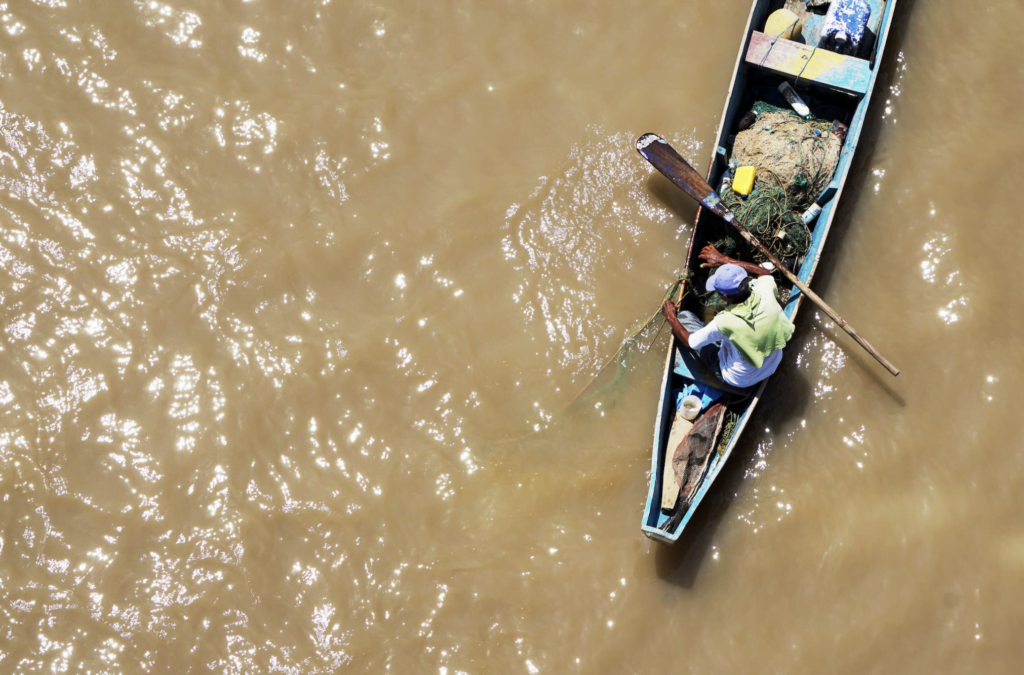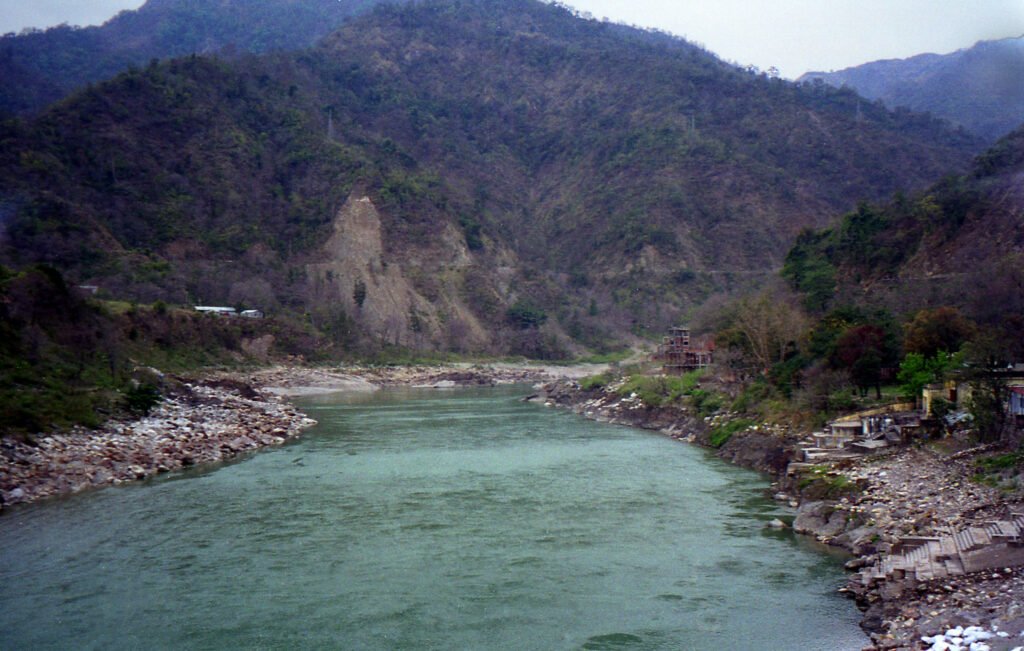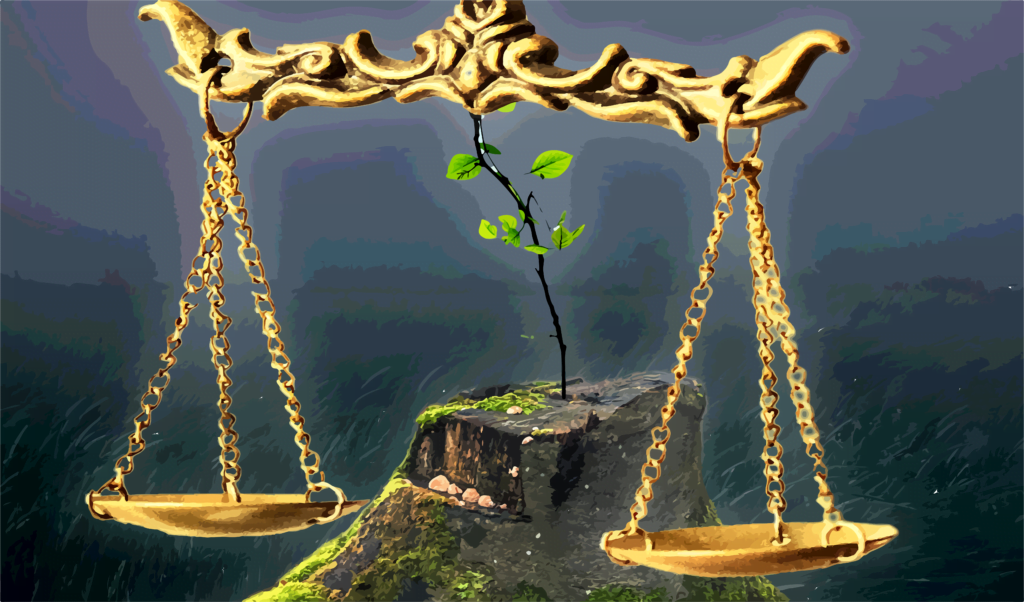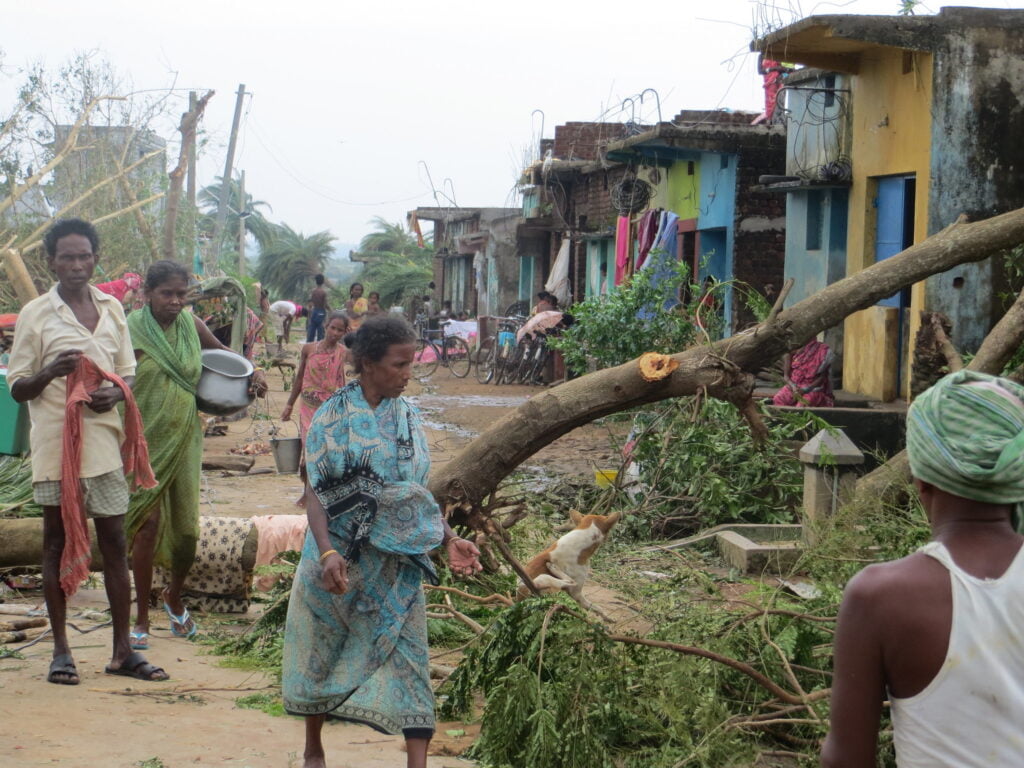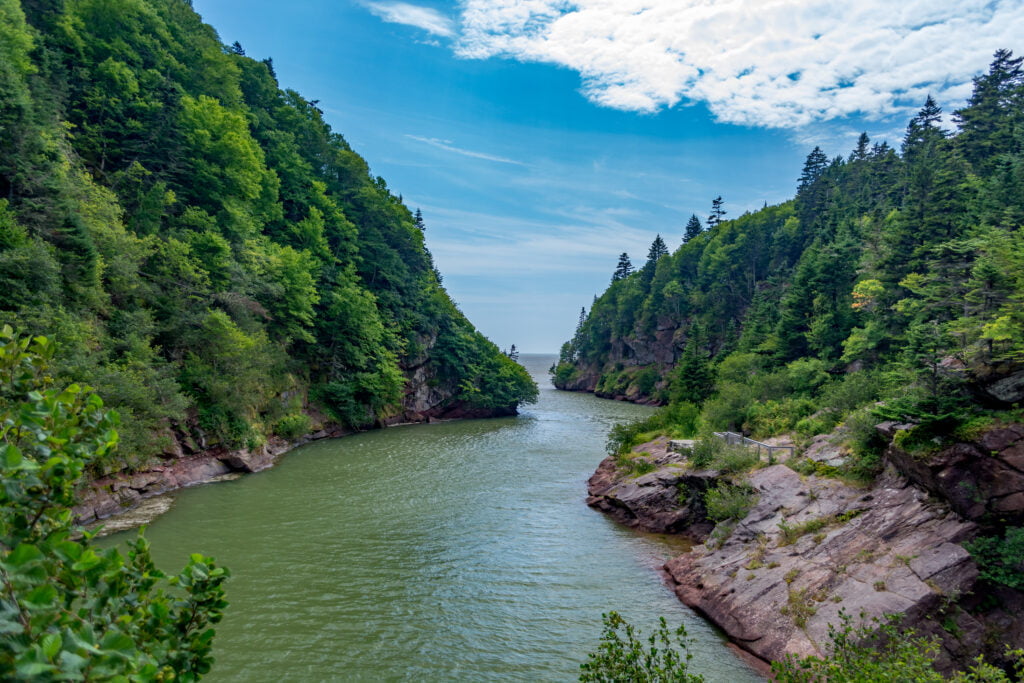Rivers are still people in South Asia despite court showdown
Rivers are the lifeblood for millions of Indians and Bangladeshis. But a radical legal idea to save them from pollution is being met with opposition.
 South Asian waterways such as the Ganges River are under threat and the rights of nature movement might be the key to better protecting them. : Indrajit Das, Wikimedia Commons CC BY 4.0
South Asian waterways such as the Ganges River are under threat and the rights of nature movement might be the key to better protecting them. : Indrajit Das, Wikimedia Commons CC BY 4.0
Rivers are the lifeblood for millions of Indians and Bangladeshis. But a radical legal idea to save them from pollution is being met with opposition.
India’s Ganges River runs nearly 2,500km and its catchment is home to nearly 650 million people. It is also home to a rich collection of wildlife, including dolphins, turtles, otters and fish. Understood by Hindus to be the embodiment of the goddess Ganga, the river holds deep spiritual significance to over one billion people: the faithful believe that “bathing in the waters can absolve people of their sins”.
But the Ganges, along with other vital regional waterways such as Bangladesh’s Turag River, are facing a fight to stave off myriad threats. And South Asia is running out of time to find solutions to make rivers healthy.
India and Bangladesh are part of the transnational Ganges-Brahmaputra-Meghna river basin and are defined by their relationship with these rivers. They flow from glaciers in the Himalayas, across the plains and out through rich mangrove forests of the Sundarbans.
Rivers play a big role in India and Bangladesh’s economies, supporting hydropower, industrial development, irrigated agriculture, fishing, tourism, and providing essential drinking water and sanitation resources.
With both countries defined by their relationships with rivers, India and Bangladesh face similar challenges. Climate change is hastening glacial melting, leading to catastrophic flash floods. Poor water management between multiple nations with diverse cultures and legal systems has limited each country’s ability to manage their rivers sustainably. Upstream countries are developing mega-dams to support hydropower, as downstream countries try to maintain water supplies in dry years and protect themselves from devastating floods in wet years.
Water pollution leaves people and animals without safe drinking water, as well as killing the fish and creatures that live in and around the rivers. Rising sea levels threaten the mangroves protecting the coastline from major storms. Rapidly urbanising populations have led to over-development along rivers and in Bangladesh has contributed to losing more than two-thirds of the country’s river systems.
Efforts to protect rivers in both countries have been underway for decades, yet rivers and waterways keep dying. Existing laws are failing to protect the health of rivers. In 2017, India joined New Zealand, Colombia, Ecuador and Bolivia by recognising that nature has a right to be, specifically, the rights of the Ganga and Yamuna rivers. In Bangladesh, a 2019 case in the country’s top court recognised all rivers across the country as legal and living persons with rights.
In recognising rivers and other natural entities as legal persons, Bangladesh and India have declared these natural entities have the capacity to bear rights, powers, duties and liabilities in law. As legal persons, these rivers are allowed to sue to uphold their own rights – or potentially be sued by others for any damage they cause.
In India and Bangladesh, the rights of rivers have been recognised by courts rather than in legislation. Unlike the development of new legislation, which takes time and requires integration between regulatory regimes, decisions by courts are relatively rapid. In both countries, the court explicitly recognises the urgency of problems confronting rivers, the failure of existing laws to protect rivers and the need for new legal mechanisms that may succeed where previous attempts failed. Courts have presented the recognition of rivers rights as the radical, yet necessary, step to ensure their ongoing protection.
In India, the Uttarakhand High Court declared the Rivers Ganga and Yamuna have “the status of a legal person with all corresponding rights, duties and liabilities of a living person”. The court also also constructed the rivers as ‘minors’ and nominated two state officials as guardians, to stand in loco parentis (in the place of parents) for the rivers.
The state of Uttarakhand has since appealed this decision. The state is arguing the rivers extend well outside the boundaries of Uttarakhand, making it impossible for the court-nominated guardians from Uttarakhand to effectively protect the river. Secondly, the guardians were concerned that, as ‘parents’, they may be held liable for the actions of the rivers, including floods. The Supreme Court of India has agreed to hear the appeal, and has suspended the original ruling until the appeal is complete.
In Bangladesh, Supreme Court Justice Ashraful Kamal was so moved by the plight of the rivers, he ruled all rivers must be recognised as legal persons and living persons, and the National River Protection Commission would be their guardian.
Justice Kamal handed down a 17-point directive, which included requiring the national government to pass legislation to give the river commission the powers it needs to be an effective river guardian. This decision was also appealed, and parts of it walked back. However, the status of the rivers as legal persons remains intact.
The new rights of rivers are already coming into conflict with human rights and interests. Around one million people are affected by riverbank erosion every year, and the Department of Disaster Management of Bangladesh distributes relief for victims of river erosion and flooding on humanitarian grounds. Depending on how the court rules on rights of nature, responsibility for this damage could theoretically lie with the river guardian.
In Bangladesh, the river protection measures include the power to evict people from developments on rivers, and evictions have already begun, largely targeting the poor rather than the corporate interests that drive the bulk of river damage. Farming communities in India rely on water from the Ganges for irrigation, and water is harnessed to run large hydropower projects. As a legal person, representatives for the river could seek to curtail these activities as detrimental to river health, affecting people who rely on the river.
Healthy rivers are essential for community wellbeing, economic development, and society, culture, and spirituality. But current damage to India and Bangladesh’s rivers compromises their health, and ultimately, the neighbouring people. It would be a tragedy if attempts to improve the health of rivers entrapped all in an adversarial relationship of suit and countersuit with the river, each pursuing remedies for the damage each does to each other. To avoid this, policy and law reform will be needed, to better protect rivers and acknowledge the mutual interdependence of people and rivers.
Erin O’Donnell is a senior fellow at Melbourne Law School. She has worked in water law and policy for over 20 years and is internationally recognised for her work on the ground-breaking new field of legal rights of rivers. Erin is also a member of the Birrarung Council, the voice of the Yarra River.
Ishrat Jahan is a PhD candidate at Melbourne Law School.
Dr O’Donnell’s research was funded by Melbourne Law School’s Early Career Academic Fellowship
Originally published under Creative Commons by 360info™.


